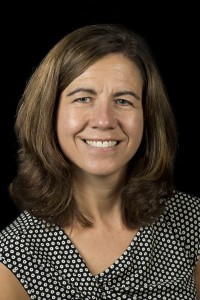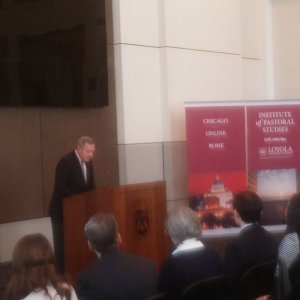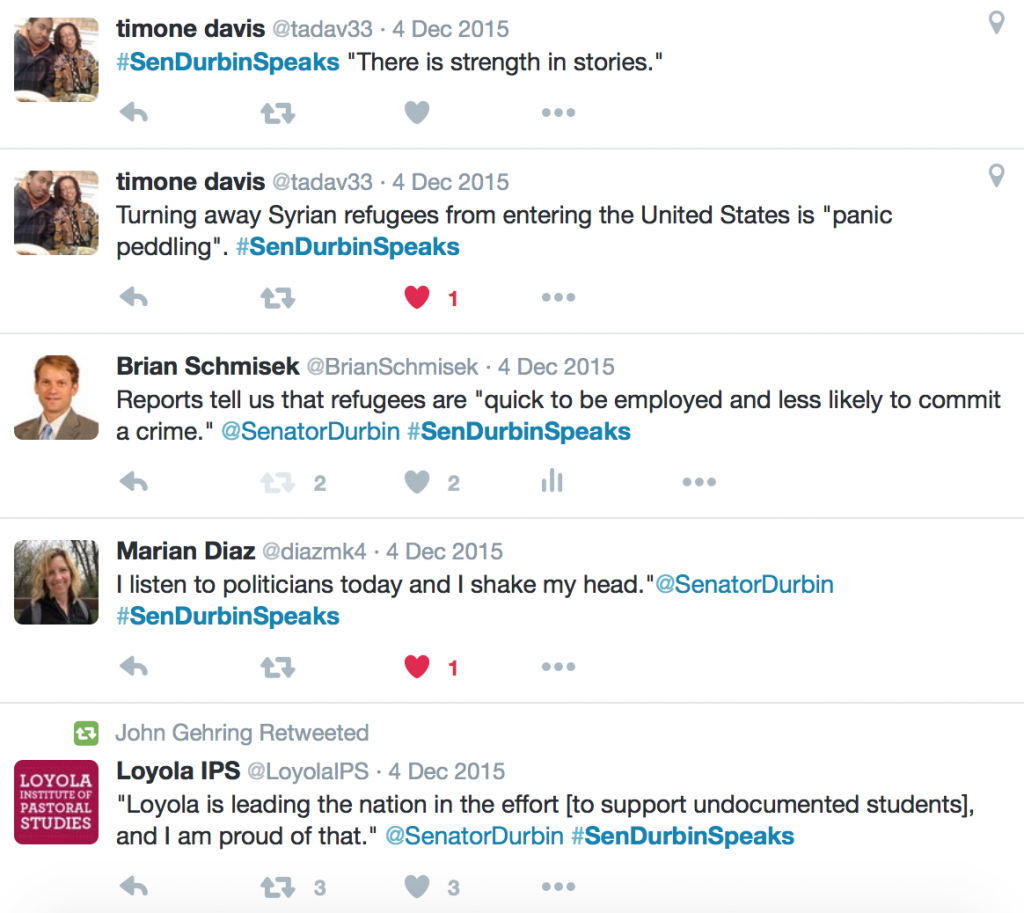IPS graduate student Sarah Layli Sahrapour recently completed the Camino de Santiago, a pilgrimage also know as “The Way of St. James” that has many routes across Europe.
“The Camino is a pilgrimage, which must be done on foot, to the city of Santiago de Compostela in Spain. For my pilgrimage, I started in the city of Porto on the coast of Portugal and walked 250 km to Santiago in 2 1/2 weeks,” said Layli.
Layli is in the Pastoral Counseling program and is expected to graduate in May 2017. Eventually, she would like to be a therapist in a group practice. Read our Q&A with her below to learn more about her adventure and the lessons she learned.
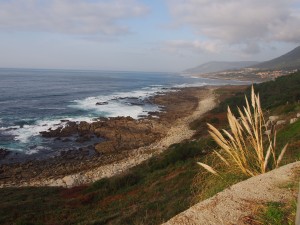
What brought you to Portugal and Spain?
Well, of course I wanted to end up in Santiago, in order to complete the pilgrimage. But when you do the Camino you have many choices in terms of where you start from and what route you take to get there. I chose Portugal first of all because of the time of year. I was going to be walking from mid-November to December, and so crossing the Pyrenees as they do in the more common French route didn’t seem wise. In order to walk in warmer, safer weather, I chose Portugal, which is to the South of Santiago rather than to the East or North. As it turned out, the weather was even better than I could have hoped for, with an average temperature of 65 degrees. It was also gorgeous because I spent the first week and a half walking on the coast right next to the Atlantic Ocean.
What was your motivation for doing this?
Ever since I first heard about it, the Camino has been in the back of my mind. So I was planning on doing it at some point. I think the thing that made the difference was that I felt ready for it, ready for the experience of being on the Camino and ready to make the most of it spiritually.
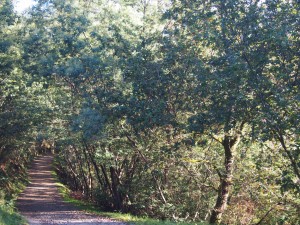
What was your favorite part of the journey?
I really liked the community I found along the way. November is off-season, so there wasn’t as many people walking as there is in the summer, but there was about ten of us traveling the same route from Portugal. Most people walk at a similar average pace, so you end up meeting up with the same people each day when you make the next town even if you don’t all walk together. Four of us became friends early on—me and two Spanish guys and a woman from Portugal—and we spent every evening exploring the towns together. It was really fun to have others to share the experience with, and it was a great way of meeting interesting new people. Each of us had our own reasons for walking. One of them was the same age as me and had recently recovered from cancer. The whole experience of illness had make him think differently about life, and the Camino was his way to make sense of that experience. Another person I met had already done the Camino five times and did it again whenever he got the chance.
My other favorite part was finally reaching the Cathedral in Santiago, the endpoint of the journey. It was more emotional for me than I expected. I had been walking for over two weeks at that point. It was towards the end of a bright blue day, the weather had gotten cooler, and there was a Fall crispness to the air. The city of Santiago was much bigger than I thought, and it seemed like forever until we finally reached the main square where there was the Cathedral. When we finally reached it, though, it was magical. It was so beautiful, bright, and open. So large. There were groups of pilgrims clustered here and there, and I recognized several other pilgrims I had passed on the road but had not got a chance to talk to. Someone was playing traditional Galician music nearby, and the sweet cheerful tones just added to this atmosphere of celebration and homecoming. It felt great to finally take off my pack and celebrate with my friends the amazing accomplishment we had just completed.
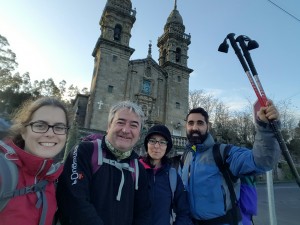
Were there any unpleasant experiences during the pilgrimage or a particularly challenging part?
Yes, I had to do a lot of soul searching about halfway through the trip. I developed blisters and a terrible pain in my foot that made each step just tortuous. It was like this for two days, and then on the third day I physically couldn’t go on. I had to rest in a hotel room for a few days to rest. I didn’t know if my foot would get well enough to keep going, so I had to contemplate the real possibility that I would not be able to finish my pilgrimage. That kind of thought forced me to reevaluate what it was that I was hoping to gain out of the experience, and whether I would be okay not having that. Luckily, my foot did heal (a pair of new insoles helped a lot!) and I was able to finish the Camino with minimum pain, but it was a difficult period for me.
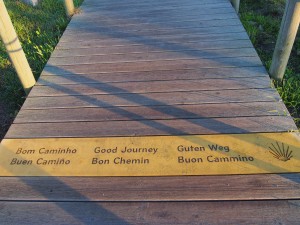
What did you learn about yourself or about life in general during the pilgrimage?
The thing that I really loved about the Camino was the incredible freedom I felt. You get up in the morning, pick up your pack, and walk out into the unknown with nothing holding you back. It does take a lot of trust. I had no map with me, and I relied pretty much only on the handpainted arrows that you would see on various surfaces of the towns and roads you passed that pointed you in the right direction. So, I can see how someone might feel anxious or vulnerable in such a situation, but what I learned was that however complicated we might make our task with worries and plans and expectations the only thing that is needed, in the Camino as in life, is to have trust, have faith, and keep going, watching out as well as one can for the signposts along the way. And once I stopped worrying about things like going fast or taking good pictures, things seemed much easier and freer. I could go as fast or as slow as I wanted. I could stop in that church or that café if I felt like it. It was my experience. I’m not there to accomplish anything or impress anyone. I can’t tell you how freeing that is.
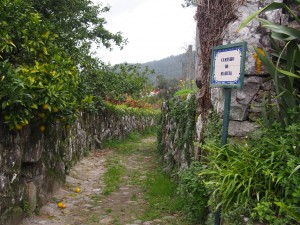
Would you recommend others to do a pilgrimage?
If you have the time and the ability to do the Camino, I say go for it. And if you’ve already gone on the Camino—go again! (at least I’m planning to 🙂 Every Camino is unique. The time of year, the people you meet, the route you take, all of these things play a role in making a Camino. But most of all, it’s you, the pilgrim, who shape your own experience. Based on my time there, and talking to people who have gone on the pilgrimage many times, the Camino is always different, and gives you what you need. Although it may not be for everyone, I think that if you have the desire to go, you should explore doing it.
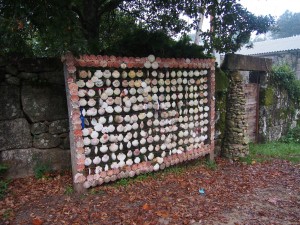
Join the conversation by following @BrianSchmisek on Twitter and @LoyolaIPS on Instagram! Also, network with the Loyola Chicago IPS community on LinkedIn.
